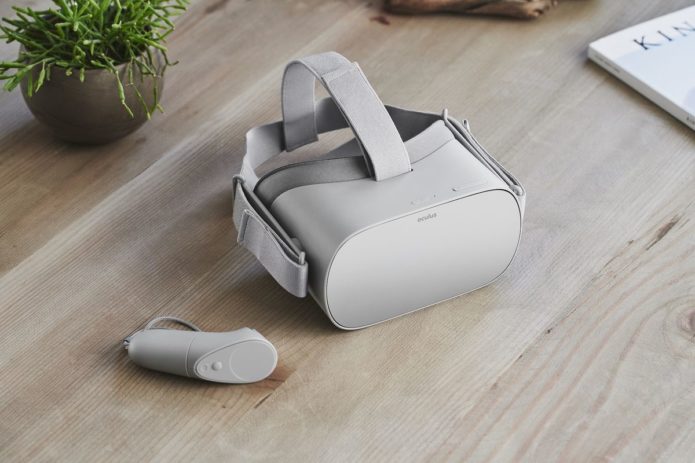Last week, the Oculus Go and the Lenovo Mirage Solo launched, both standalone mobile versions of virtual reality platforms. This week at its I/O developers conference, Google will undoubtedly make a case again for its Daydream VR platform, be it powered by smartphones or standalone, almost the poor man’s VR experience. None of these are entirely new. From the Google Cardboard to the Samsung Gear VR, mobile VR has been around for as long as “desktop” VR has and yet, unlike its bigger cousin, it has failed to gain long-lasting traction and support. That despite being potentially more affordable. Why has it failed and what does it need to survive and thrive? Here are some points to consider.
More hardware? More apps? Not really
Yes, you do need VR hardware and, yes, you do need VR apps. But there are dozens of VR headsets in Cardboard’s time and Samsung’s first Gear VR headset had a longer compatibility list than the more recent iterations.
…
Read full post here:
https://www.slashgear.com/mobile-vr-what-it-needs-to-succeed-08530006/


